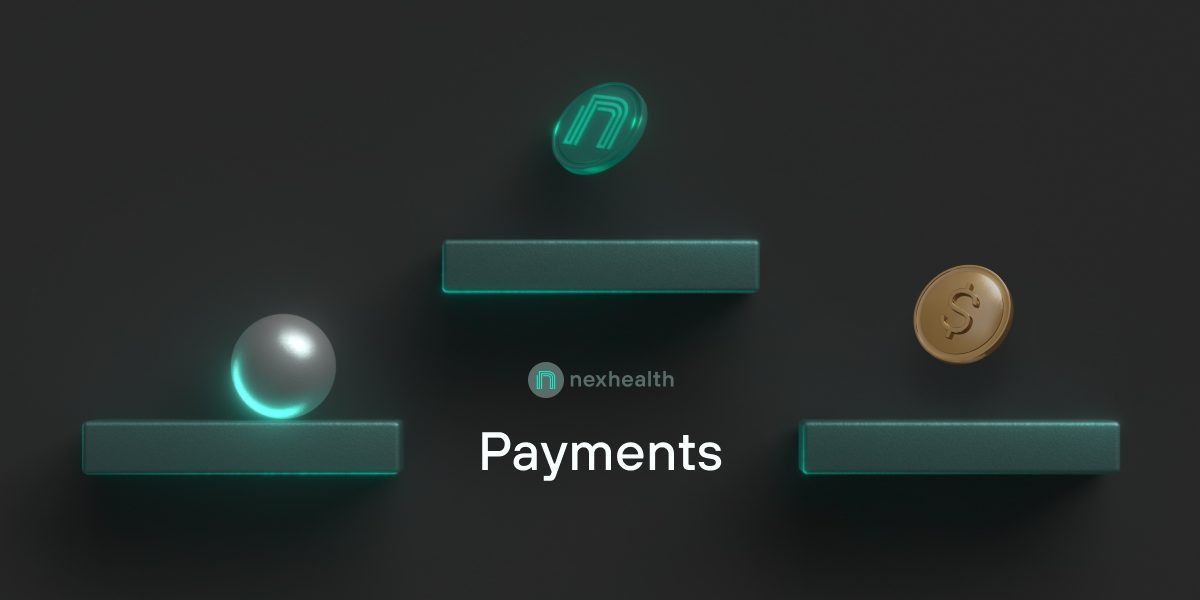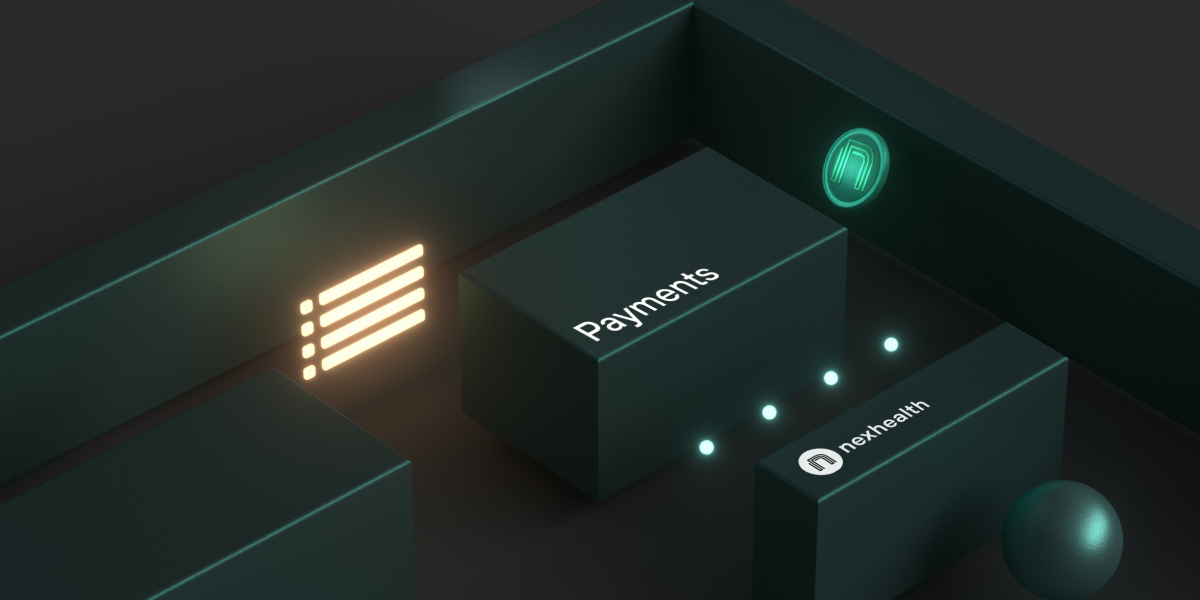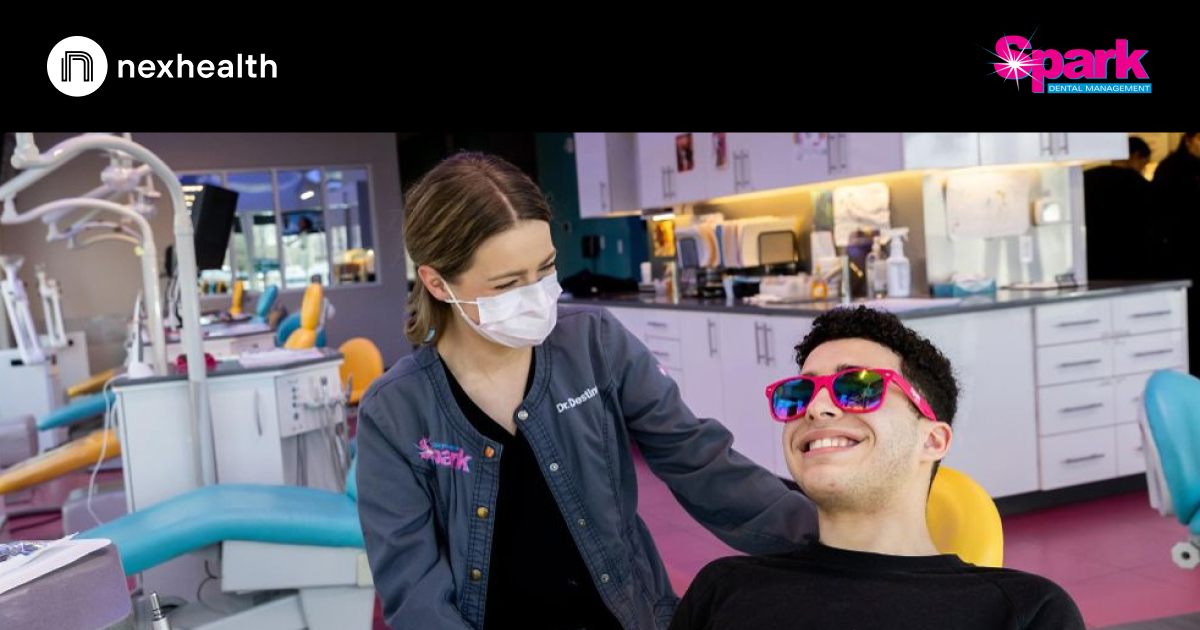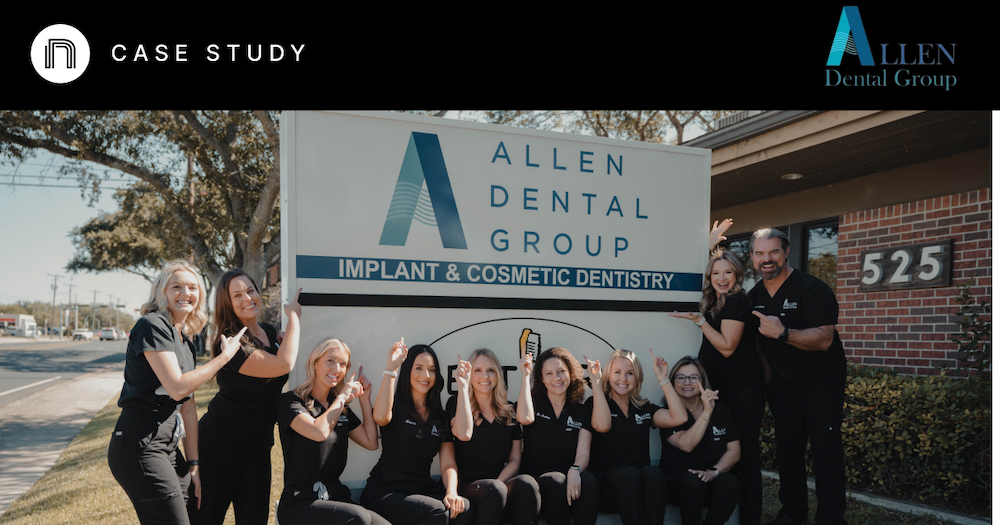Welcome to NexHealth Forms
As of September 1, 2023 Enlive is now NexHealth Forms. If you are already a NexHealth customer, you can send all your custom Enlive paperwork directly from NexHealth Forms. See how, below:
How to make the transition:
If you are an Enlive customer who does not yet have access to NexHealth, our team is here to help! You will have access to NexHealth Forms for the same subscription cost you are paying for Enlive.
Click on the “Get started with NexHealth Forms” button below to schedule time with a NexHealth product specialist.
As an Enlive user moving to NexHealth, you will have access to:
- Your custom patient Forms & Packets
- Forms that auto-sync to your health record system
- Patient search directly in the NexHealth iPad app
- NexHealth’s gold-standard services and support
Check out our Help Center for more resources on NexHealth Forms, including:
- Log into Enlive
- How do I send forms to patients?
- How do I use patient forms on the iPad?
- How do I remind a patient to complete their forms?
- How do I sent treatment plans to the iPad?
- And more
Ready to use NexHealth Forms? Log into nexhealth.com to get started!
Questions? Please contact our support team at [email protected].

_BestEstimatedROI_Roi.png)
_BestSupport_QualityOfSupport.png)















And I've used at least 6 others." - Shaye, Falmouth Dentistry